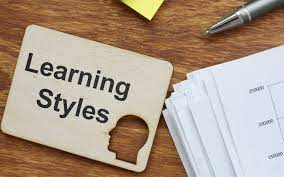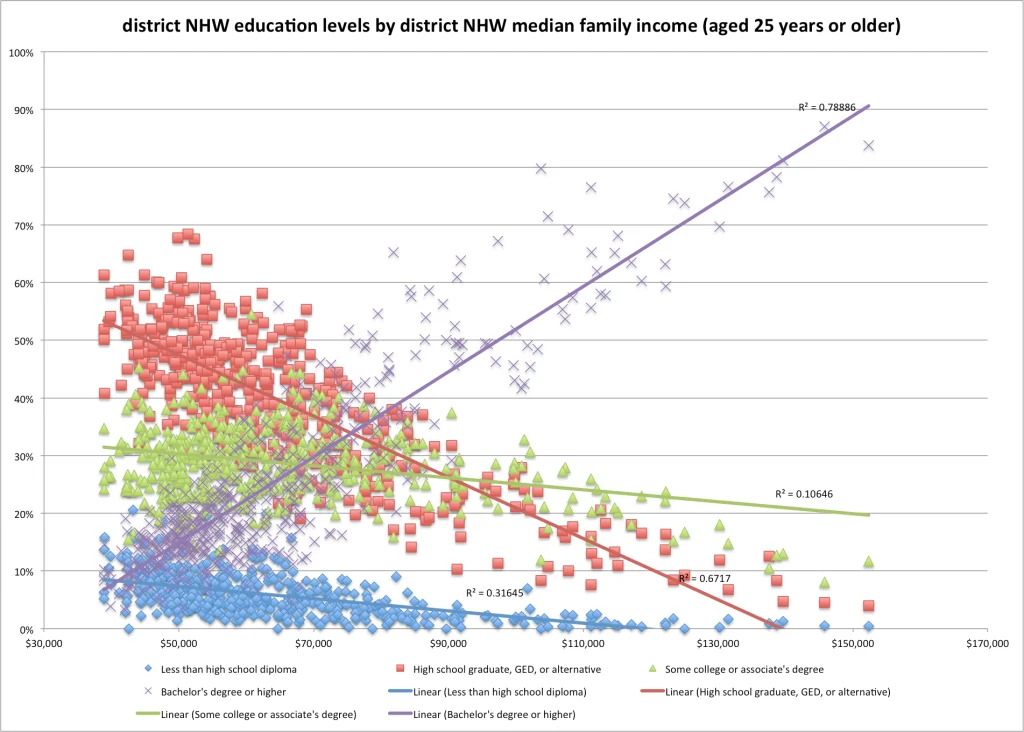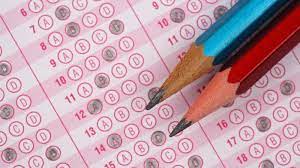In educational institutions, the idea of recognizing and appreciating students’ efforts goes a long way in building their motivation and self-esteem. One creative and personalized way to do this is through the use of gift tags. Testing the effectiveness and reception of gift tags can provide insightful feedback on their impact on students’ morale and engagement.
Why Test Gift Tags?
Gift tags are not just pieces of paper; they are tokens of acknowledgment. They carry with them a resonance of personal touch when attached to gifts, which could be books, stationery, or any token presented to students as a form of appreciation for their hard work or achievements. Testing the utilization of these tags can help educators understand their value from the students’ perspective.
How to Conduct the Test
To assess the effectiveness of gift tags for students, educators can implement a simple testing phase:
1. Select various designs and messages for gift tags to cater to different preferences and occasions.
2. Attach these tags to the gifts that will be distributed over a given period, for example, during a semester.
3. Observe and note the immediate reactions of students upon receiving the gifts.
4. Gather feedback through surveys or informal conversations about how the gift tag made them feel.
5. Evaluate if there is an increase in positive behavior, performance, or participation among those who received tagged gifts.
The Outcome
The outcome expected from testing gift tags is multilayered:
– Students feel individually recognized and valued.
– A possible boost in student morale leading to enhanced engagement with academic pursuits.
– Creation of a positive classroom atmosphere where appreciation is visibly demonstrated.
– Feedback that guides future practices on how best to celebrate student accomplishments.
As educators look into every small detail that can contribute to a nurturing learning environment, testing out something as simple as gift tags becomes both an act of care and an informative exercise into what truly resonates with students.











